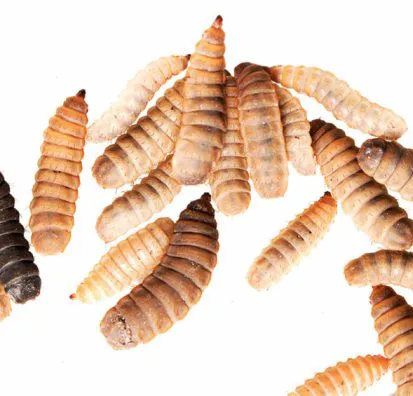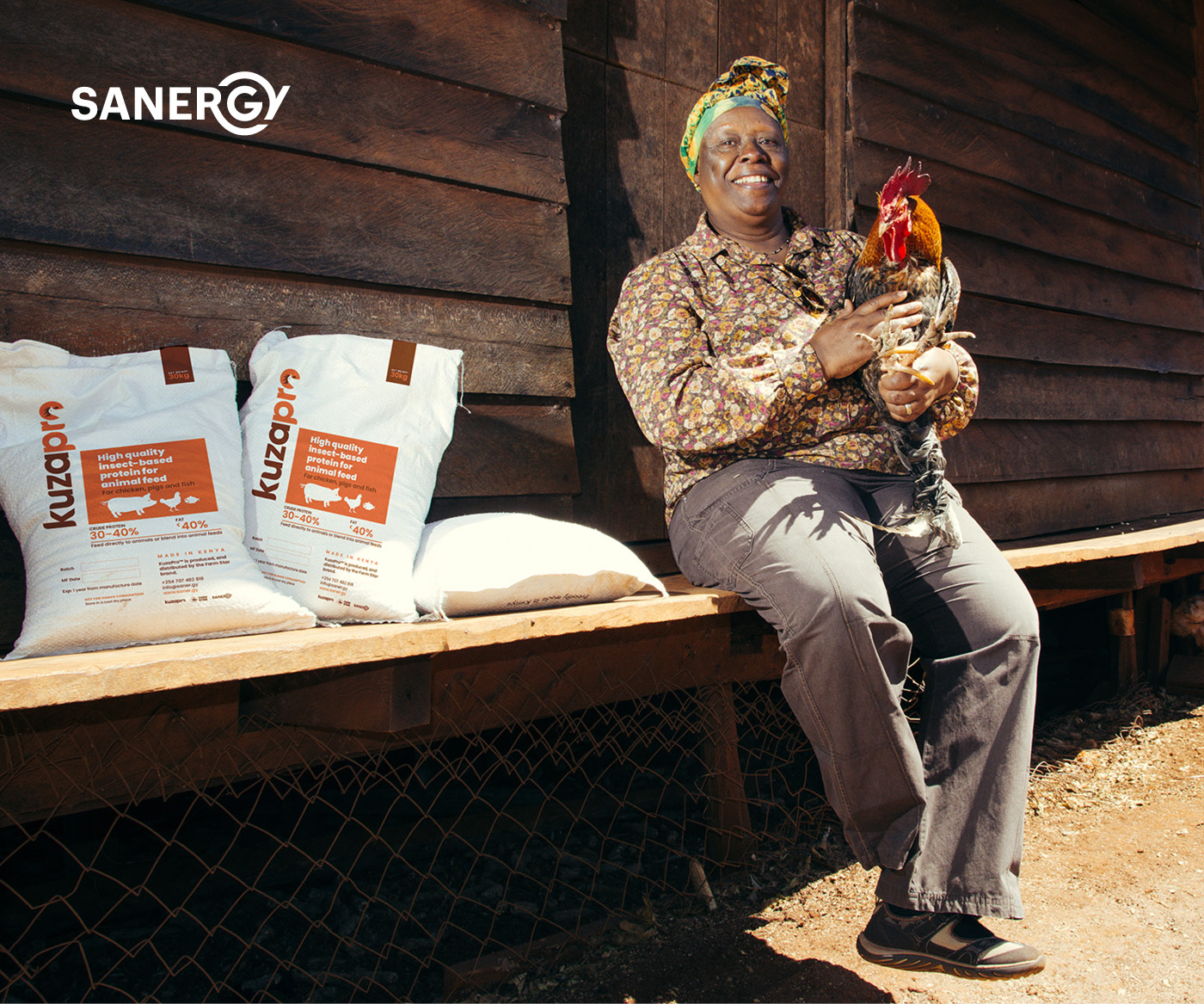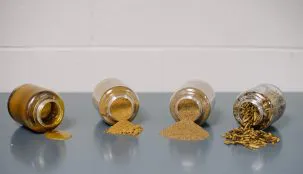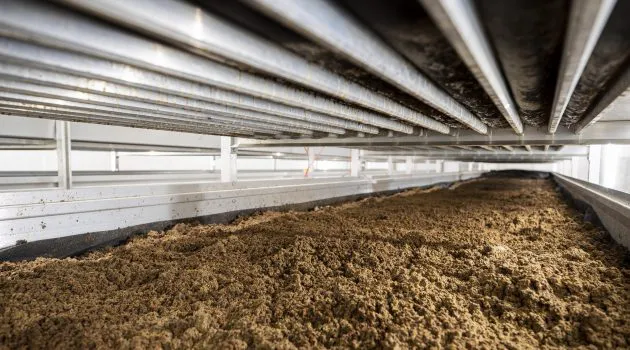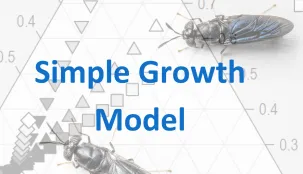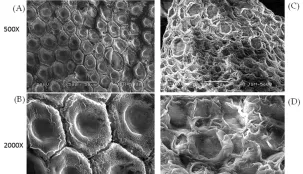Black soldier fly prepupae fortified with selenium for feed
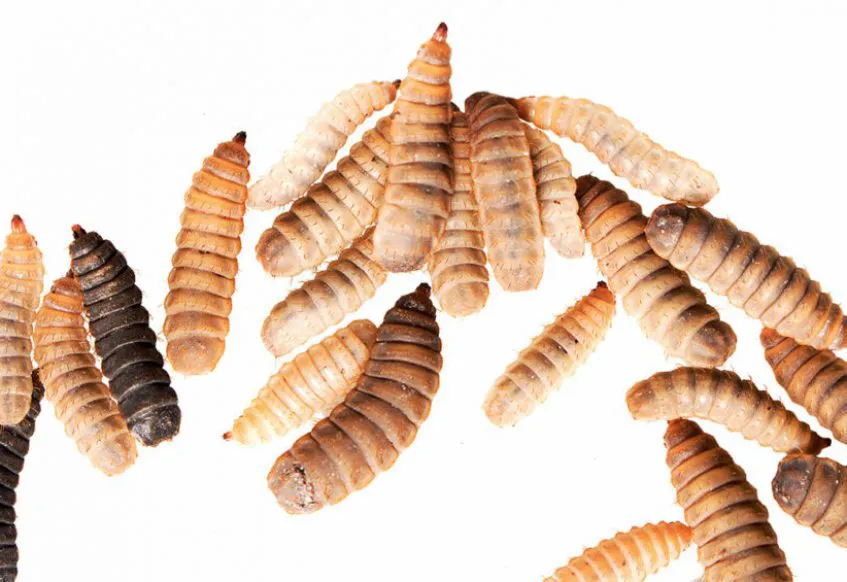
Black Soldier Fly (BSF) prepupae can be fortified with inorganic selenite and become a source of inorganic and organic selenium in feed and in food, according to new research.
Insects are known to be natural bio accumulators of different nutrients, and the study wanted to fill a gap in research into the capacity of insects to be biofortified with selenium, as a potential future source for selenium in feed.
Insect protein in the EU
The study is particularly important given that the European Union recently approved dried yellow mealworm (Tenebrio molitor) as safe food, becoming the first approved insect food in the EU. A number of other insect foods are waiting for safety evaluations from the EU. BSF was in 2017 approved as a feed material for farmed fish and from last August the use of insect-derived proteins is also allowed in pig and poultry feeds.
Insect protein
Insects are regarded as an alternative with high potential because the production of insects demands limited amounts of water and land, and they can add value to low-value by-products.
Selenium in feed
Selenium is an essential element, both for animals and humans as it is involved in the functioning of several enzyme systems and is involved in various biochemical reactions, in particular the processes of protecting cells from damage.
Past research has shown the possibility of biofortifying insects with different nutrients can be exploited to improve the nutritional characteristics of feed/food.
The study method
In the study, led by Luciano Pinotti, Professor of Veterinary Medicines and Animal Sciences at the University of Milan, Italy, BSF larvae were reared in 3 different substrates:
• A control substrate (CTR diet) of plant ingredients (Gainesville diet)
• Ascophyllum nodosum diet (AN30%), with 30% substitution of alfalfa meal with brown algae
• A Selenium (Se) diet, where the CTR diet was fortified with 0.3mg. kg of Se.
All the experiments were carried out under dark conditions and at a temperature of 25C (77F) with relative humidity levels of 70% for 2 weeks. Each treatment was tested in 3 experimental units (crates of size 40x30x15 cm) which were added to their respective feeding media and 300 BSF larvae. The larvae were subjected to a feeding regime of 190mg of fresh material per larvae every second day until they reached the 4th instar. At this stage, uneaten feeding media was removed and replaced until larvae reached the 6th instar.
Results
The final BSE prepupae were analyzed for Se, metals and minerals, and Se species. The mean total Se content in the prepupae reared on the Se dietary group was over 5 times higher compared to the CTR group, whereas lower Se levels were detected in the AN30% dietary group.
Se speculation analyses showed that organic selenomethionine (SeMet) was the major Se species present, both in CTR and AN30% group. For the Se group, SeMet was accounting for 54% of the total Se.
The levels of SeMet were higher in the Se group compared to the CTR group, indicating that BSF prepupae are able to convert inorganic Se to organic Se. Levels in the insect meal fortified with selenite were found to be comparable to or higher in Se levels, than processed plant meals.
The study found that the substrates studied affect the total Se and Se species, as well as the levels of other elements, in the BSF prepupae.
The study has been published online in the Journal of Insects as Food and Feed
Are you interested in more articles about Black Soldier Fly farming?
Visit knowledge base
